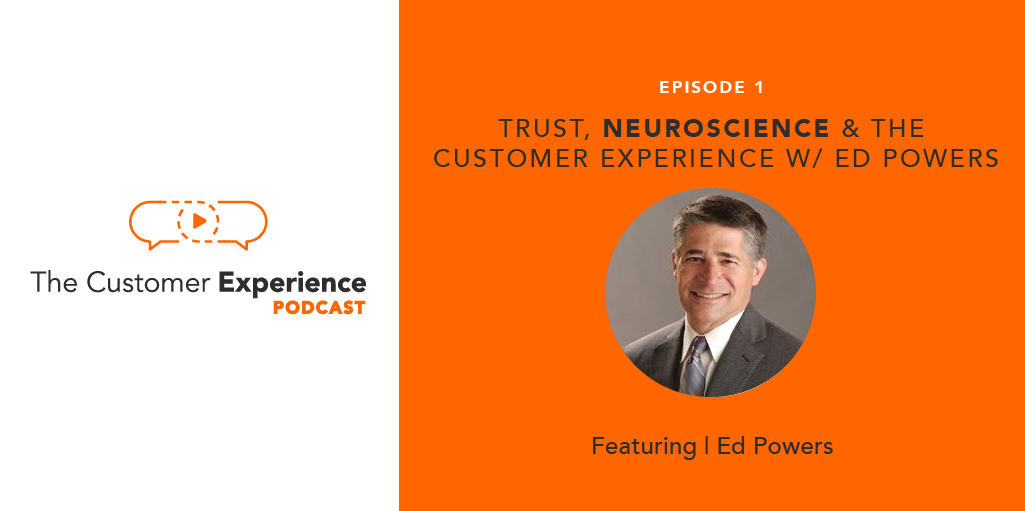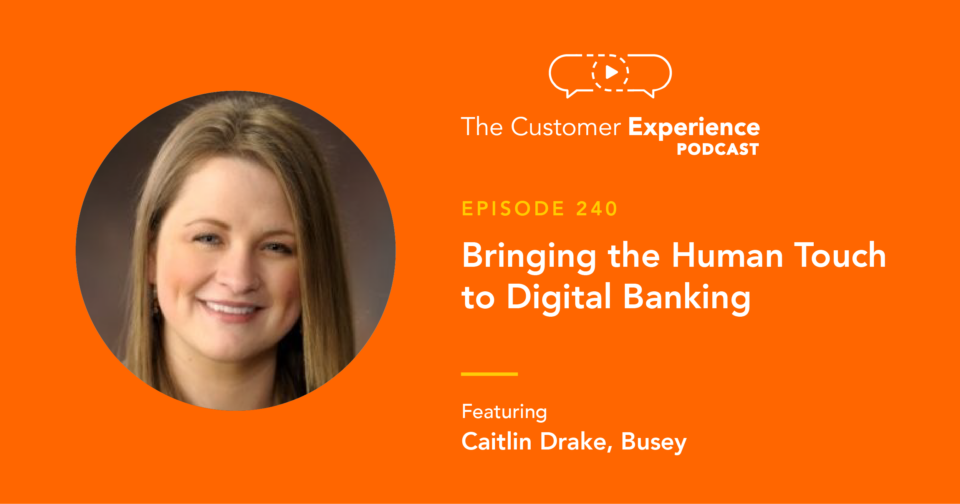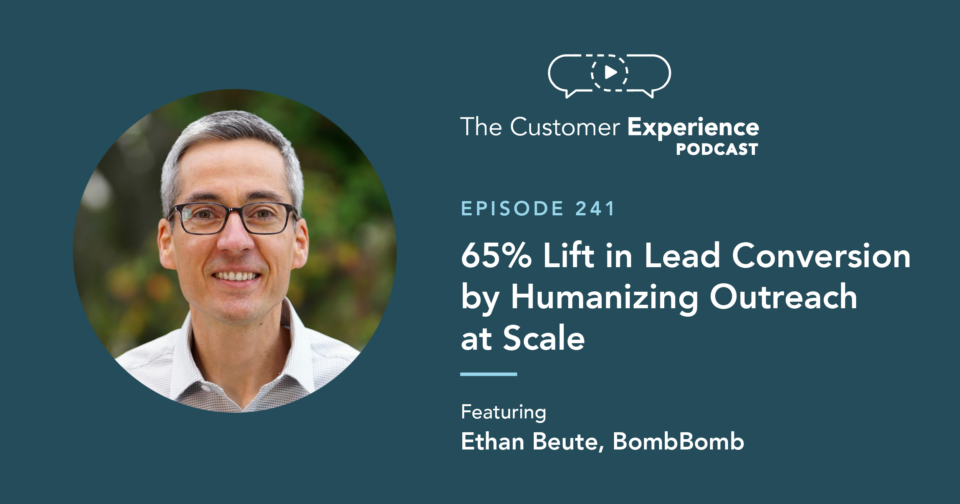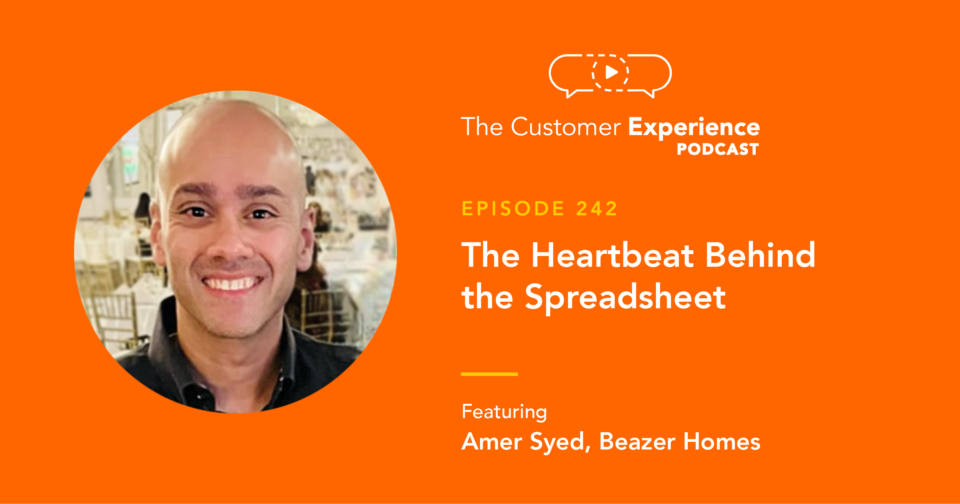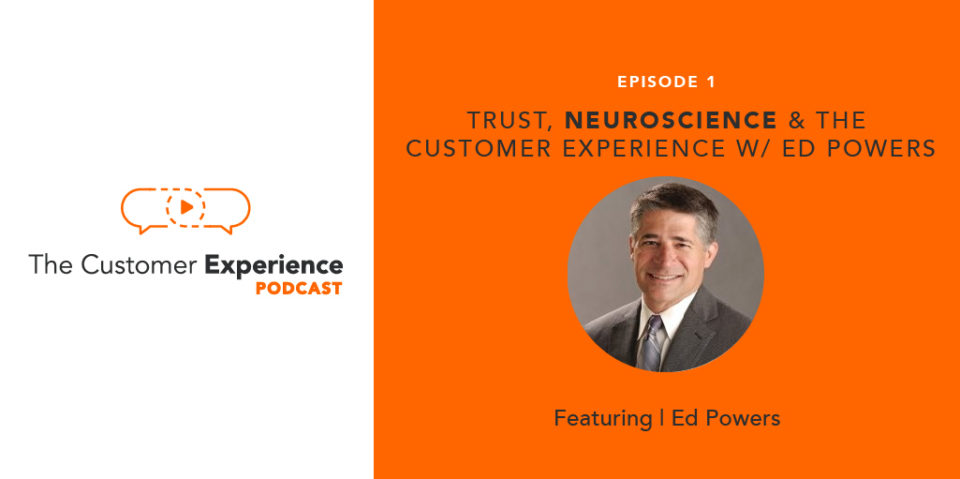
If your customers can’t trust you, how long will you stay in business?
Probably not long. You’ll dwindle, flounder, and grasp for meaning and a customer base. If your customers don’t feel like they can trust you, you may as well close up shop.
But how do you establish trust? And how do you build trusting relationships at scale?
How do you harness the power of the brain to ensure that your customers have the utmost trust in you? After all, trust is a core part of the human experience, right? So how can you tap into that?
The Neuroscience Behind Trusting Relationships
On a recent episode of The Customer Experience podcast, we hosted Ed Powers, VP of Client Success at InteliSecure to talk about trust, neuroscience, and why your face says everything about you.
Hear the episode right here – or get it in Apple Podcasts, Spotify, Google Podcasts, or Stitcher.
Listen to “1. Trust, Neuroscience & The Customer Experience w/ Ed Powers” on Spreaker.
What is Trust?
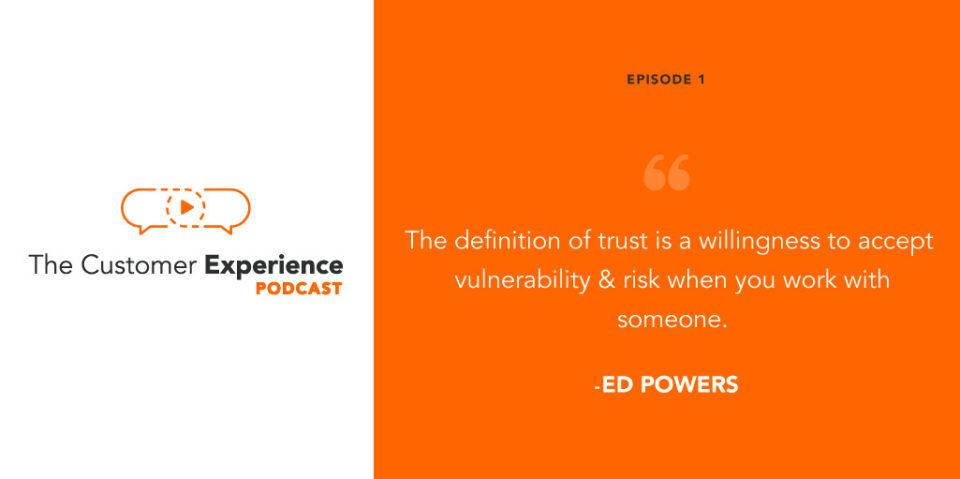
As you’ll hear in the episode embedded above, trust has three components.
• Ability
Ability is a competency. IT’s something that you develop, earn, and work for. It’s the number one thing you look for in a doctor, for instance. Are they good at practicing medicine? Are they competent?
• Benevolence
Benevolence is genuine care. It’s caring for someone in a way that there is a genuine commitment to shared goals. If you don’t feel like your doctor genuinely cares about your well-being, it’s going to be hard to trust them.
• Integrity
Integrity is doing the right thing even when it’s the hard thing. Your doctor may need to tell you that you don’t want to hear. But their honesty and ability to have the hard discussions are just another component of trust.
Trust is a learned process. There’s a reason that babies tend to have stranger danger when their parents hand them off to someone that they don’t know. That person hasn’t earned their trust yet. They haven’t shown that they’re worthy of trust.
Put Your Face Forward
The brain likes shortcuts. We tend to use whatever information is available, whenever it is available, to make initial assessments.
We always do it automatically. We do it subconsciously. But research has shown that something as simple as seeing a face is enough to elicit trust in someone. It’s enough to set a trust expectation about someone else.
What researchers have found is that by simply showing someone a face, be it a smiley face or an angry face, can alter people’s behavior and form an initial level of trust or distrust.
So it doesn’t take much at all to get someone else to set a condition in their brain. And once they have that, then they work with that anchor.
Put Your Face in More Places for Cooperation, Compliance, and Trust
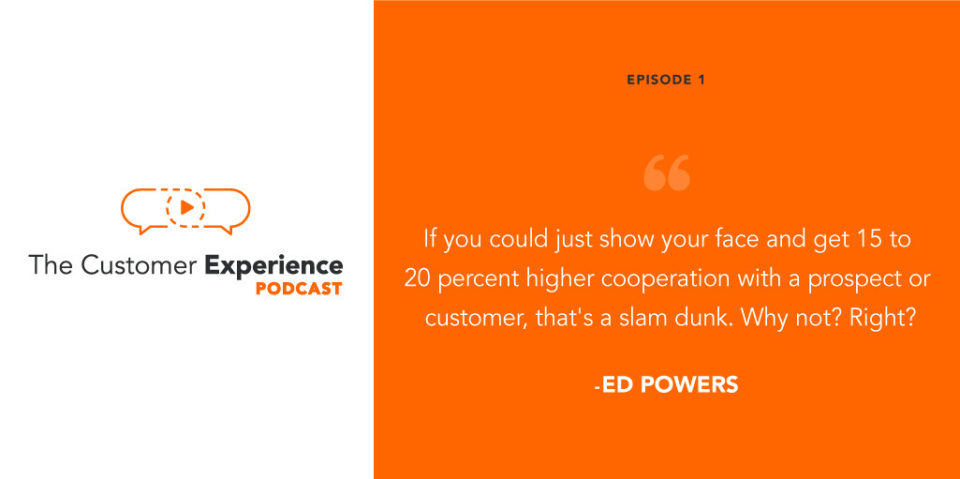
Everybody is wired to see faces. Think about the last time you looked up at the clouds or the grill of a car. It’s human nature to see faces. It’s how we’re hardwired.
Science has proven that what establishes trust is the expression on the face, not the nature of the face itself. So the next time you’re recording a video greeting to a prospect, spend less time stressing about whether or not you look perfect. Just look at the camera and smile. That’s literally all you need to establish trust with another human being.
We’re attracted to faces that we know. This is why scrolling through Instagram or Facebook results in you stopping on photos of your friends instead of strangers. We’re prone to migrate to the faces that we know and recognize. So put your face everywhere. Email signatures, websites, webinars, video chats, video emails, social networks. Everything.
If there’s an opportunity to put your face into a communication, make sure that you do it. Again, if simply showing your face is going to get you 15-20 percent higher engagement with a prospect, why on earth wouldn’t you?
Watch this short video clip for more …
Bookends to The Customer Experience Podcast
Every episode from the next one on includes a standard open and close. But I failed to do it here with Ed, so here’s what he shared with me by email.
Open: Define “customer experience”
Ed’s Answer: I would personally define the Customer Experience as how customers evaluate what they perceived, thought, felt, and remembered from their encounters with a provider. The neuroeconomics shows that CX shapes customer preferences, which in turn impacts their value perceptions and ultimately sways their decision to repurchase or switch to someone else.
Close: Thank or mentions someone who’s had a positive impact on your life or career – and a company that’s doing customer experience the right way.
Ed’s Answer: I’ve been blessed with many people who’ve influenced my career, both indirectly and directly. My parents, of course, who made me the person I am. Jack Sample, one of my managers at HP many years ago, set the standard for leadership I have tried to emulate the rest of my career. Rich Keith, my boss at three companies, taught me how to be an entrepreneur. I’ve also followed many other great thinkers who’ve shaped my life at critical points along the way: quality gurus W. Edwards Deming, Joseph Juran and Brian Joiner; business researcher and writer Jim Collins; change management expert John Kotter; behavioral economists Daniel Khaneman, Amos Tversky and Richard Thaler; and neuroscientists Antonio Damasio and Antonio Rangel.
Regarding companies that do CX the right way, many firms show areas of brilliance, but overall I’ve been consistently impressed with Ritz-Carlton, Disney, USAA, Southwest and Zappos. They really “get it” and approach the challenge innovatively and systematically, leading their respective industries in customer loyalty as a result.
This post is based on an interview with Ed Powers from InteliSecure. To hear this episode, and many more like it, subscribe to The Customer Experience Podcast on Apple Podcasts (iTunes) right here.
If you don’t use Apple Podcasts, you can listen to every episode here in the blog or at:
Next Up on The Customer Experience Podcast
- Customer Success professionals like Nick Hart (Outreach.io) and Rachel Ostrander (Brooks Running)
- Marketing leaders like Ann Handley (Marketing Profs) and Randy Frisch (Uberflip)
- Branding experts like Kurt Bartolich and David Brier
- CEO Zvi Band (Contactually)
Your Clicks Make a Big Difference
The first month or two are critical to a podcast’s success in Apple Podcasts. If you’re excited about this podcast and all the guests and insights coming your way, please take 2 minutes to:
1. Click here to go to Apple Podcasts
2. Subscribe to the podcast
3. Rate the podcast
4. Write a short review
Thank you so much for your support and enjoy The Customer Experience Podcast!

